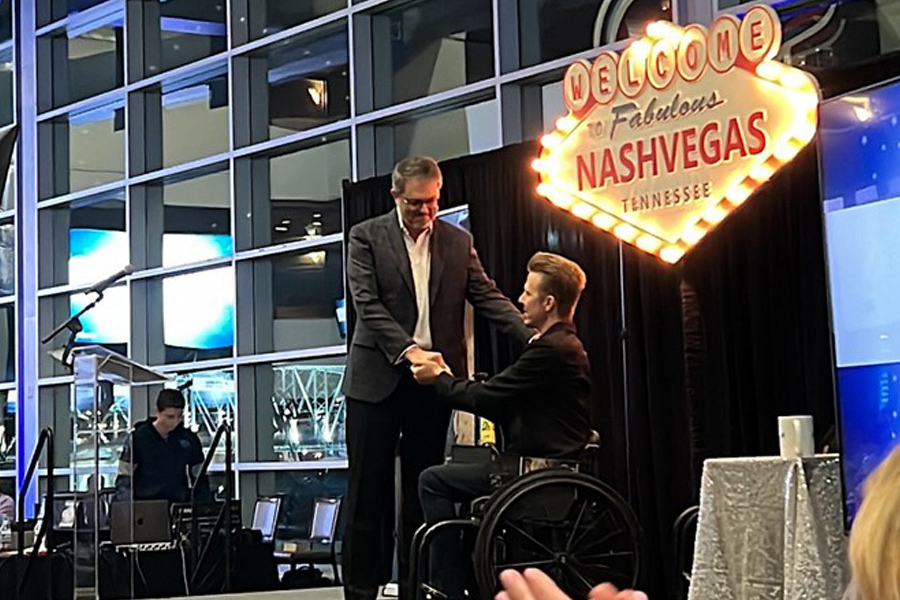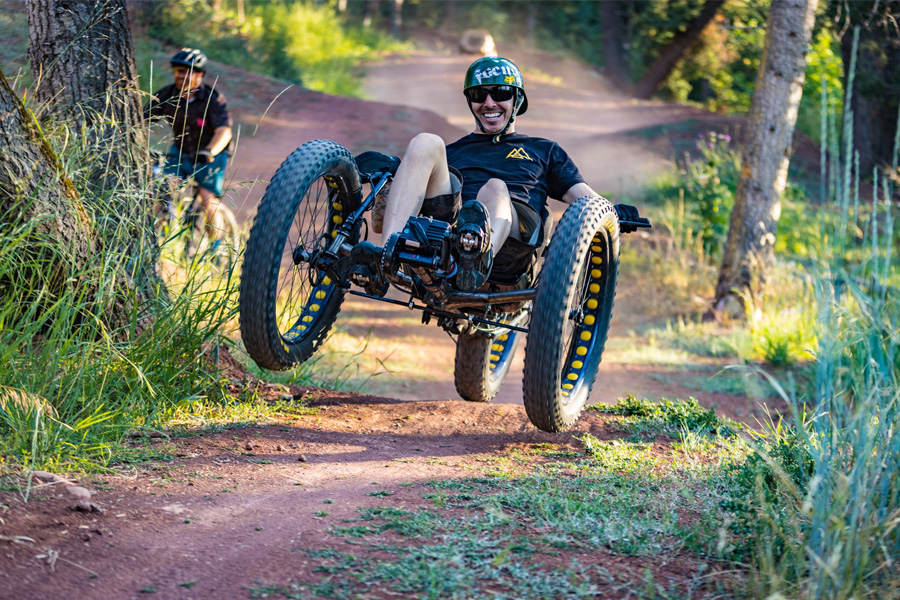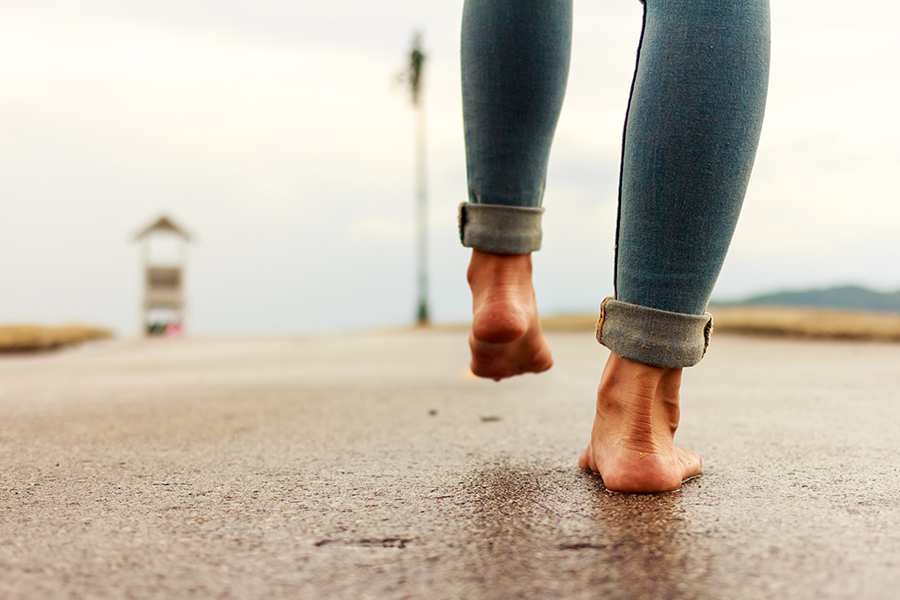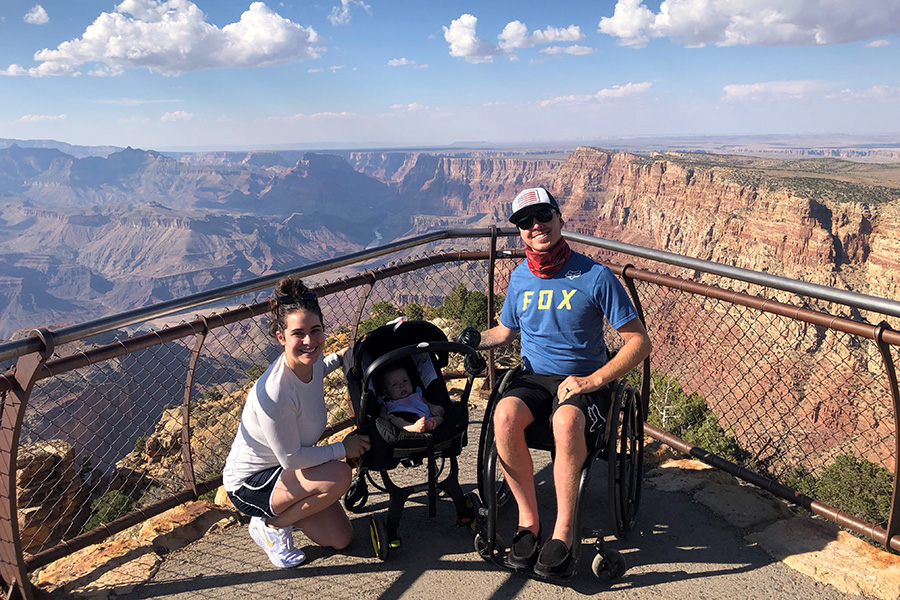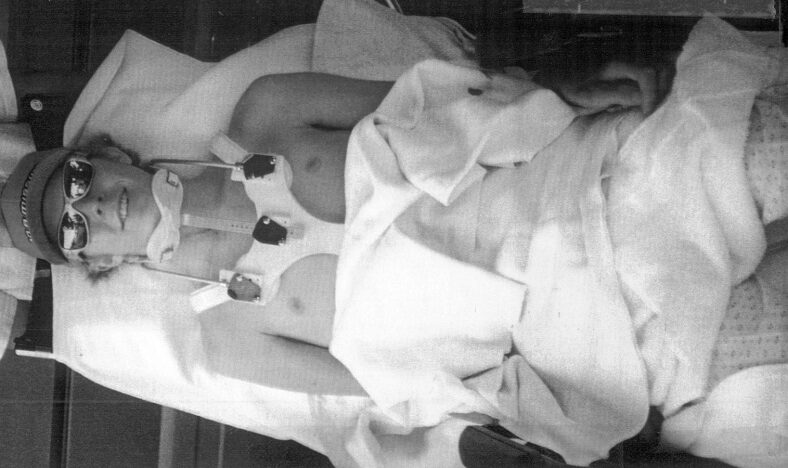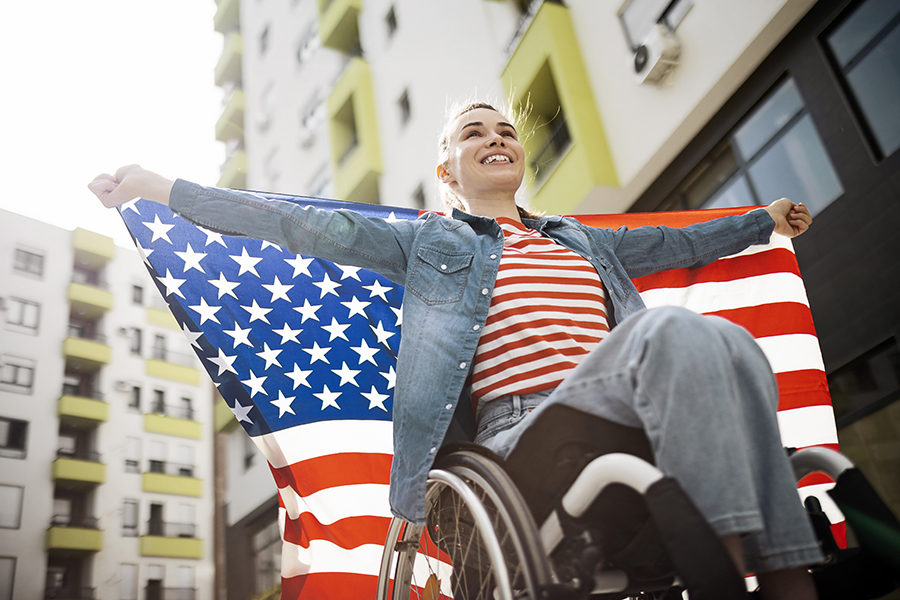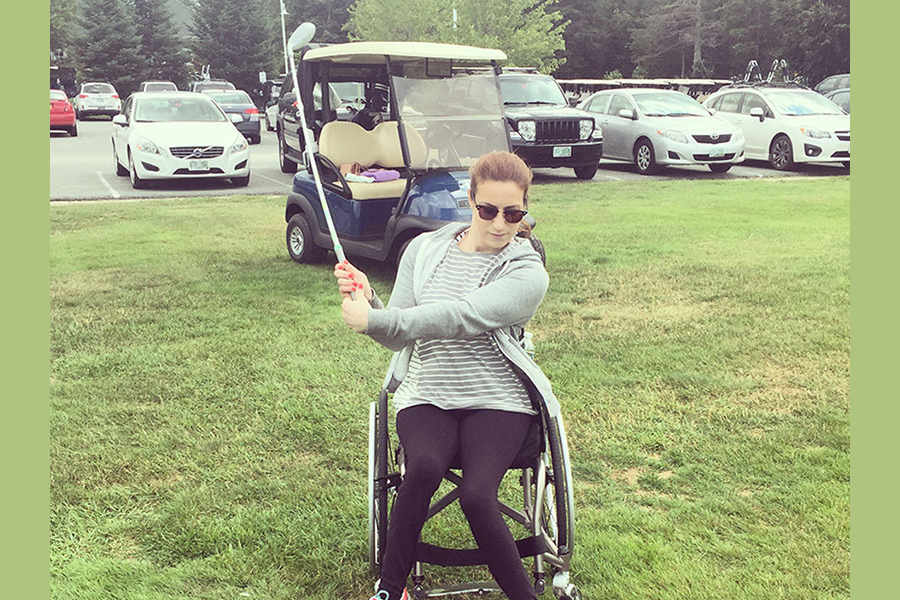When I owned a gym, I met new clients with varying conditions every day, but they all had one question in common – what did you do to recover? As much as I wish there was a manual that I could hand people to duplicate, it just isn’t that simple. Each condition is different, each body is different, and how recovery is approached is up to the individual. Often I turned the question around to them – what are you going to do with the other 23 hours outside of the gym?
One hour in the gym does not make a sustainable recovery. However, with the introduction of Biohacking, gym trainers, spas, physical and occupational therapists are now able to offer an answer to that question for special populations. So, what is Biohacking? It is “a do-it-yourself (DIY) form of human enhancement or augmentation, in which people attempt to change aspects of their biology to improve their health, performance, or well-being.”
Here are some DIY Biohacking techniques that you may want to try, with the guidance of a professional, of course.
Biohacking Techniques for Improving Health with SCI
- IV Vitamin Drips, Injections and Pushes – I recently wrote a blog about this topic as I have incorporated this “hack” into my regimen. You can check out the latest blog here: What is Vitamin Infusion Therapy?
- Cryotherapy* – This is referred to any treatment that uses freezing or near-freezing temperatures, either in isolated areas or, more commonly, in a tank. It can provide pain relief, muscle healing and weight loss. It can also reduce inflammation, anxiety and depression. Some small studies have found it to reduce the risk of dementia and prevent cancer, but these are still newer findings.
*Caution: Extreme temperatures can cause harm, especially with impaired sensation. Consult your healthcare professional before attempting cryotherapy.
- Infrared Therapy – Typically used with red light, this treatment helps skin, muscle tissue and other body parts to heal by exposing you to low levels of infrared light. This does not expose your body to harmful UV rays, but instead works on the mitochondria cells (power generators) to produce more energy which helps with recovery and healing.
- Compression Therapy – This is a common treatment, one that you may be familiar with from your days in the hospital, to help improve blood flow in your lower legs. When I am traveling, I always wear compression socks which helps prevent the blood from pooling and building up in my feet, ankles and legs. Compression boots are often seen as “add ons” at spas, vitamin shops and physical therapy clinics… You can even purchase a pair for your personal use to enjoy while watching TV!
- Oxygen Therapy – There are different types of oxygen therapies that can be used: hyperbaric, concentrators, liquid or gas. I have used a hyperbaric chamber for recovery during my professional (post injury) cycling career with the guidance of a doctor. For daily use after extreme physical output, I use a can of compressed oxygen gas, Boost, which I keep in my car, backpack, bedroom, etc. Regularly using oxygen therapy can allow for a quicker recovery time, to engage in more activity, and reduce headaches.
- PEMF – Pulsed electromagnetic field therapy provides magnetic energy waves to a person’s body aiding in reduced inflammation, improved blood circulation, muscle and bone repair. Typically this therapy is used for those suffering from musculoskeletal disorders.
- Vibration Therapy – A technique that NASA uses to help prevent bone loss, this therapy causes your muscles to contact and relax when the vibrations are transmitted to your body. A vibrating plate or chair may be used in a professional setting with the assistance of a professional, or you can purchase a Theragun or Hypervolt for localized self-treatment. I have used a standing plate and chair, as well as own a Hypervolt, and I feel instant relief when using.
- Sensory Deprivation – Also known as a float tank or isolation tank, removes environmental stimulation allowing a person to truly rest and relax. The tank is filled with water, dark and soundproof which shuts off the outside world and helps with anxiety, stress, aches and pains.
These are all examples of assistive technology that can help increase one’s productivity in life and in recovery. Some may produce effective results, and there are those that may not be the right fit for your condition or body. However, what I can share with you is that trying everything and anything, safely, will leave you feeling confident that in those 24 hours you are doing all you can do!
In Health,
Aaron
Quoted Source: MedicalNewsToday.com






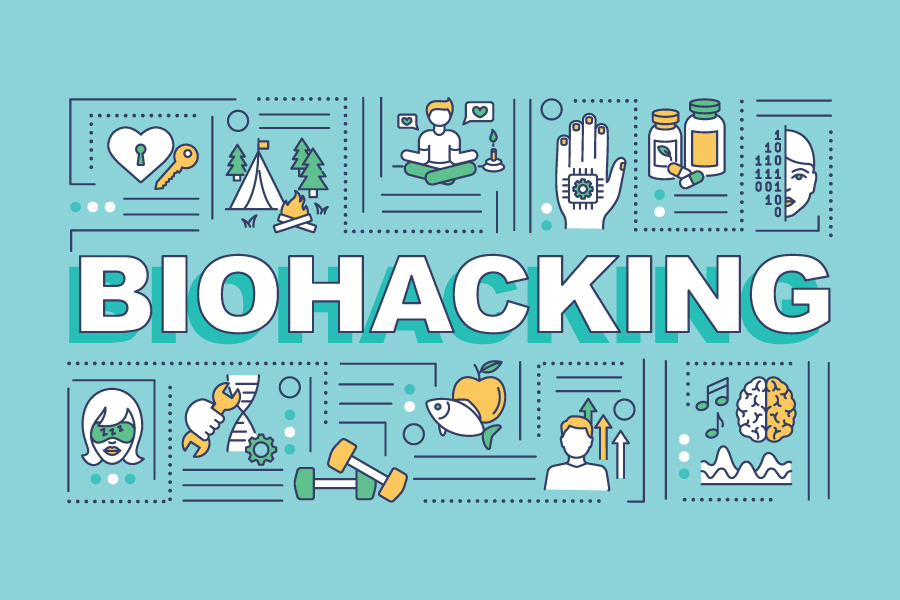


 Why am I always sore after removing my intermittent catheter?
Why am I always sore after removing my intermittent catheter?